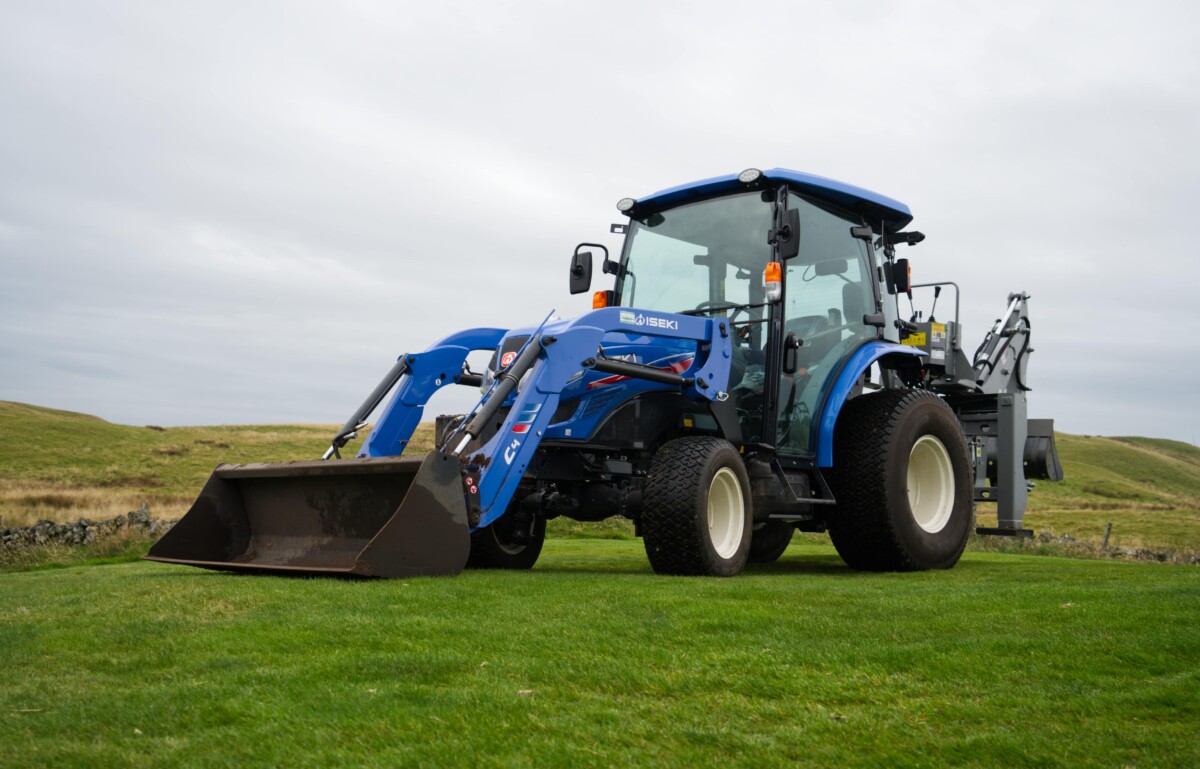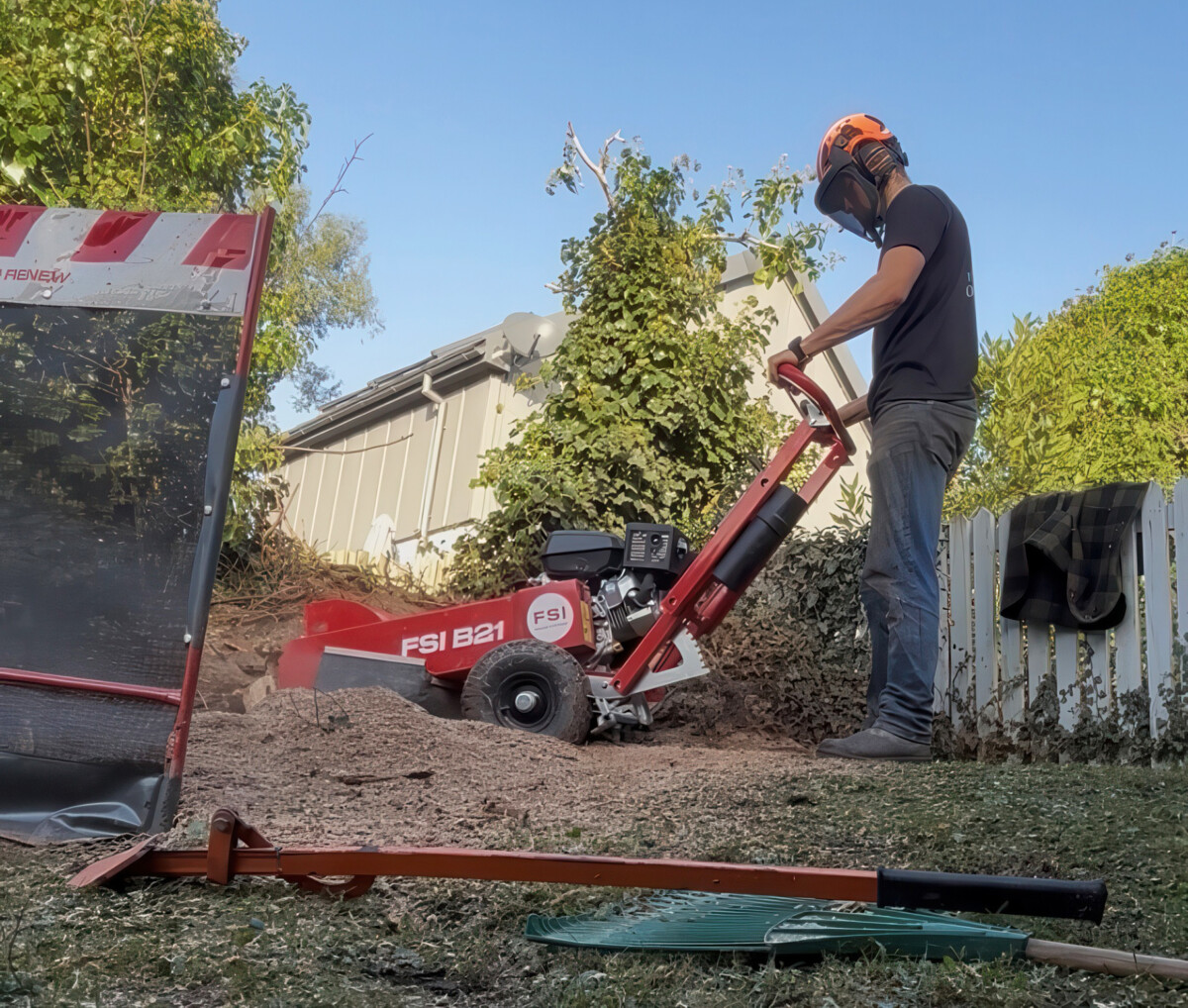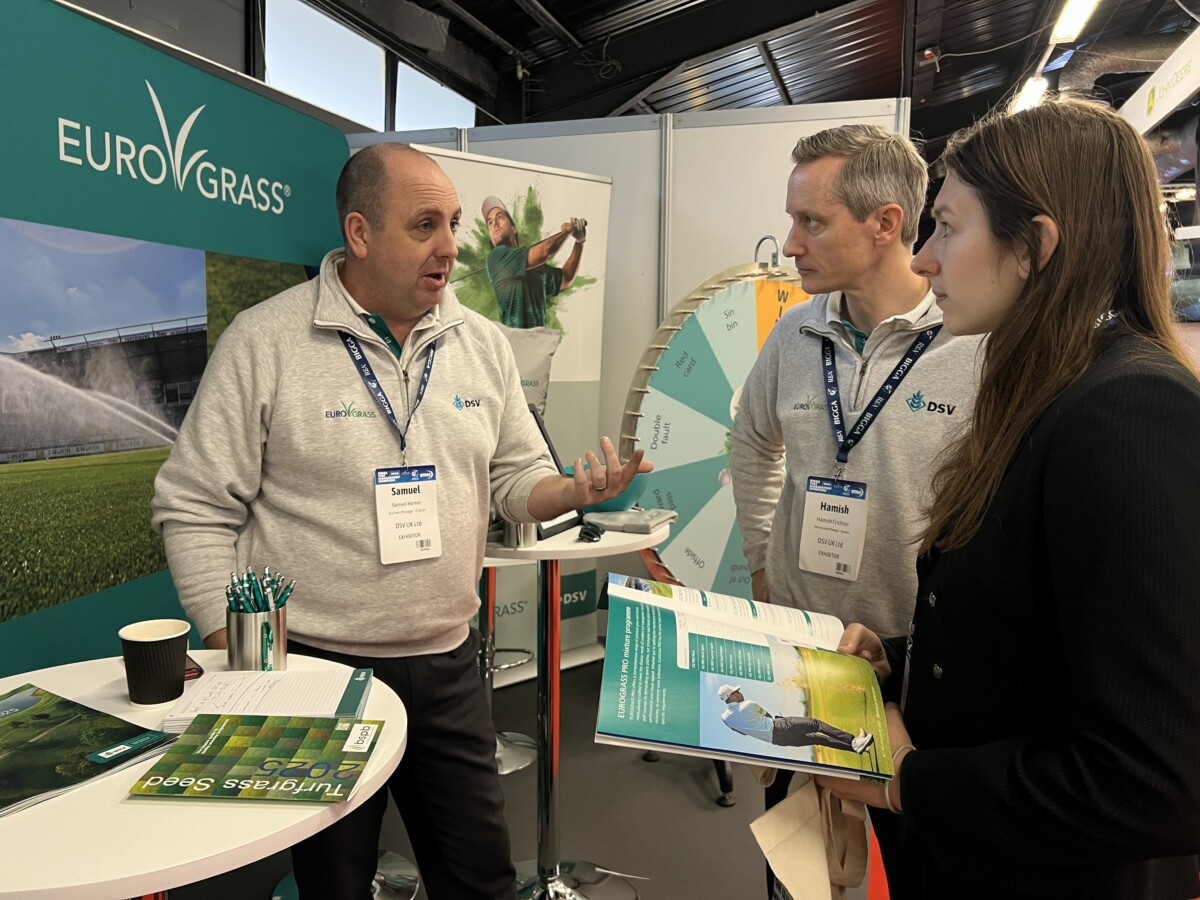Case for the defence: The Christmas and New Year festivities are now just a lingering memory but though the days are starting to lengthen, there’s a long way to go before the onset of warmer weather.
With the turf suffering from prolonged periods of wet weather, waterlogged and weakened roots, the grass will be stressed and more open to disease attack. Deciding on which fungicide to defend your turf territory is key to ensuring a successful outcome. For winter applications, the requirement is to identify fungicides that contain ‘actives’ which work well under cool and cold conditions and, where possible, provide added physiological benefits.

Particularly effective under cool, cold conditions is the broad spectrum turf fungicide Eland and applications now will provide disease protection for up to 50 days.
This long term protection is achieved through the spray deposit being held on the leaf long enough to penetrate and be held within the leaf tissue, which serves as a fungicide reservoir constantly releasing its active ingredient, pyraclostrobin, to provide long term protection.
Eland is specially suited to being applied as a preventative treatment, especially when disease pressure is high. It is very effective against all stages of the fungus within minutes of being applied and can restrain mycelial growth to provide additional curative activity.

In addition to its proven abilities as a turf fungicide, research has shown Eland to have a number of additional physiological benefits.
Such benefits include improving plant health in the form of stress management under cold conditions and during aerification. This has the effect of helping the plant and root system to endure a stressful event and overcome stress through root system retention.
In addition to combating Microdochium Patch attack, a major benefit during early winter months is that applications of pyraclostrobin allows a plant to recover more quickly from root damage or surface foliar damage caused by ball mark injury.
Of course, prevention is always preferable and more effective than reacting after the event. STRI research trials prove that preventative disease control programmes outperform curative options when analysed for turf quality, colour and presence of Microdochium Patch (right).
The eight months trial compared nine preventative and three curative programmes, as well as one untreated plot. The first three programmes used purely preventative fungicides from Bayer. The rest of the preventative plots used a combination of Rigby Taylor fungicides, together as tank mixes with plant health products to reflect a more realistic approach. See bar chart, below right.

In general, preventative programmes five to seven (see graph RT prog’s 1, 2 and 3) showed the most consistent results across turf colour, quality and Microdochium Patch presence by using an integrated approach with both fungicides and plant health products. The fungicides within the curative programmes (11 -13) were applied as and when disease developed to an unacceptable level, mimicking traditional control strategies. It is important to note that none of the trial plots had any cultural controls or biological practices applied prior to or during the trial, other than mowing and switching, which was carried out when necessary.
Pre-planning and control are essential requirements as it may be necessary to integrate some of the aforementioned products into the winter programme, which will enable the plant to resist or repel disease attack and be in an ideal state to advance into the spring in a healthy state.


























